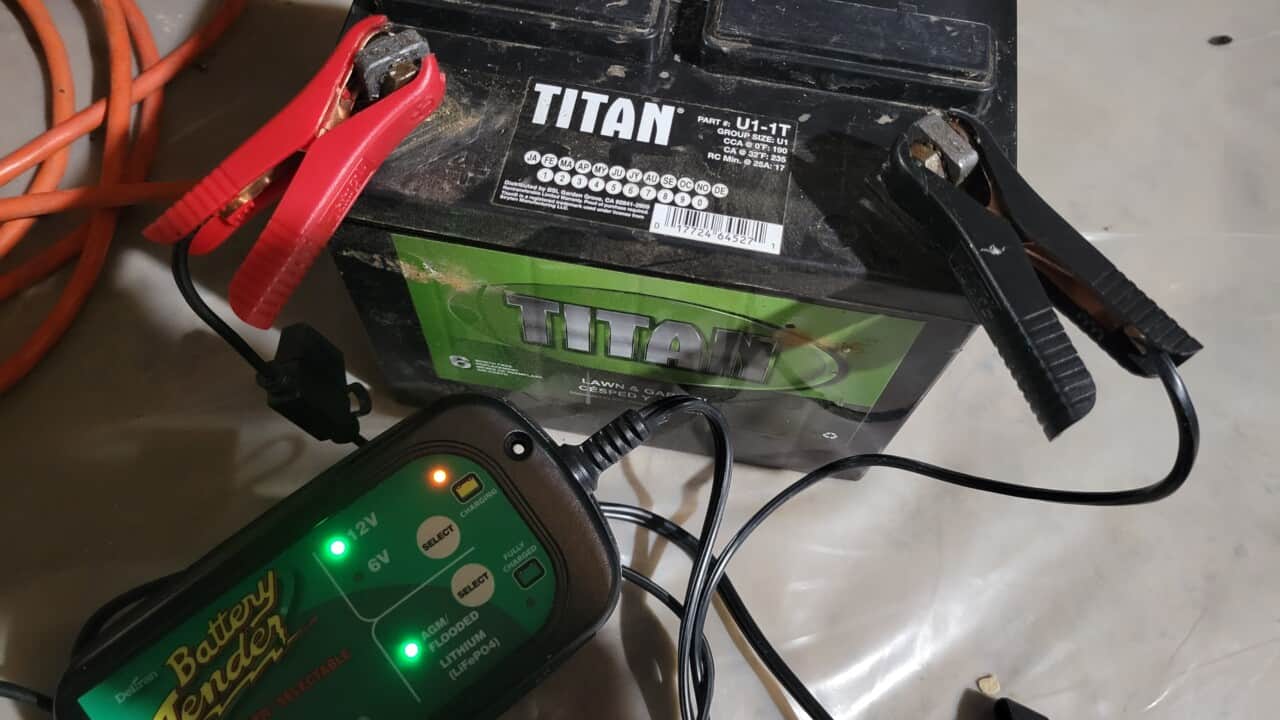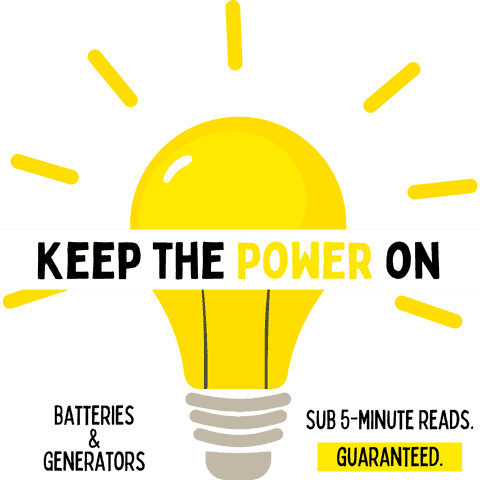Perhaps the only thing more frustrating than finding out that you have a dead car battery is also finding out that your charger won’t charge it. Unfortunately, this is not an uncommon problem with modern chargers and can lead to lots of headaches until you understand why it won’t charge.
I know your time is valuable, so let’s get right into why your charger won’t recognize your car battery and what you can do to fix it!
Listen to the article below by hitting the play button below and feel free to scroll the page for any helpful visuals. All of the articles on this website will have this audio feature for your convenience.
Why Won’t a Car Charger Recognize the Battery?
If your car battery isn’t recognized by your charger, the first thing you should do is check if your charger has an inline fuse. If it does, pull it out and make sure that it isn’t fried.
If that’s good, then your battery’s voltage is probably too low.
A modern smart charger will not recognize and charge a car battery if the battery’s surface voltage is below the minimum threshold for that particular charger where it tries to recognize if it is indeed hooked up to a battery. This is a built-in safety feature which stops the charger from pumping out current if it’s hooked up to something other than a battery.
| Reason Your Charger Isn’t Recognizing Your Car Battery | How to Fix |
|---|---|
| Inline Fuse is Bad | Replace inline fuse with the same size fuse |
| Starting voltage of the battery too low for the charger’s safety threshold | Start another vehicle, hook jumper cables up to a good vehicle battery and to the bad battery, allow current to flow for several minutes to artificially boost the surface voltage, disconnect the jumper cables and immediately hook up the charger |
Modern chargers are essentially small computers with microprocessors that run diagnostics and safety checks on your battery at every moment of the charging process.
There is reverse polarity protection, which means that your charger won’t emit a charge if it knows that it’s hooked up to the wrong terminals.
There’s also the basic check that you are even hooked up to a battery to begin with. You wouldn’t want your charger pumping out current if you connected it to your skin, or to any random object. This is a built-in safety feature.
The charger must see that a battery has a minimum voltage to begin the charging process. That number varies by each make and model of charger, but it’s not uncommon for that number to be between 7 and 10 volts.

To check your voltage, you will need a multimeter. Set the dial to the DC voltage setting, which is the symbol “V” with 3 dashes above it. Touch the leads to the battery terminals (if you reverse it it’s no big deal, your number will just have a negative symbol) and see where you stand.
Your charger’s manual should indicate somewhere in the fine print what the minimum voltage must be in order to charge.
How to Fix a Car Charger that Won’t Recognize a Battery
In order to get a car charger to recognize a battery with a low voltage, you will need to artificially bring up the voltage. This requires another functioning car and battery.
You will need to place a higher surface charge on the battery by essentially giving it a jump.
Go ahead and hook up the jumper cables to both batteries while the good car is running. Let the alternator of the good car share some of its current with the bad battery for 3-5 minutes (repeat if necessary).
Quickly remove all of the jumper cables from both batteries and hook up your bad battery to your battery charger.

The surface voltage will be artificially high from having been hooked up to the jumper cables but that surface charge will drop dramatically since we weren’t really charging the battery.
As long as you can hook up your battery charger to the terminals before the surface voltage drops below the threshold, then it will recognize that it is attached to a chargeable 12-volt battery and begin the charging process.
An alternative method of charging is to acquire an old style charger that isn’t as picky about the minimum starting voltages. While these chargers are nice in overcoming the problem of the battery not being recognized, they aren’t as good at charging the battery and you risk overcharging since many of them also don’t stop charging when the battery reaches 100%.
If you need to use an older charger, I would recommend using it for 10 minutes or so and then trying to switch over to the newer charger once the surface voltage is high enough.
